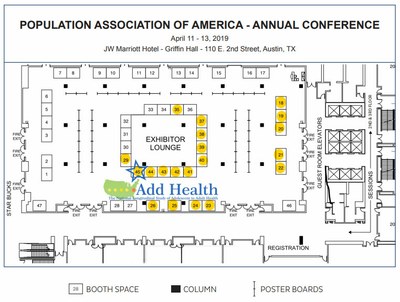
( 2010) reported that the overall proportion for misperceptions of body weight ranged from 29% to 33% in 1999–2007, and 23% of overweight girls and 40% of overweight boys were categorized as misperceivers in the US, according to the Youth Risk Behavior Surveillance System. Consistent with the increased rate in overweight status (Foti & Lowry, 2010 Hales et al., 2018 Han et al., 2019) and perceptions of being overweight (Wardle et al., 2006), the prevalence rate of misperceptions of body weight has been significantly increased (Dorsey et al., 2009 Edwards et al., 2010 Fan et al., 2014 Johnson et al., 2008 Ver Ploeg et al., 2008). On a global scale, obesity has tripled since 1975, and 1.9 billion people who were 18 years or older were overweight in 2016 (World Health Organization (WHO), 2021). According to the 2017–2018 National Health and Nutrition Examination Survey (NHANES), approximately 19.3% of adolescents aged 2–19 years had obesity, while 6.1% of them had severe obesity, and 16.1% were categorized as overweight in the U.S. The prevalence rate of overweight status and obesity has become a critical concern for adolescents and young adults (World Health Organization (WHO), 2021). Further studies are needed to examine the effects of low, moderate, and high levels of leisure-based ST and gender-specific resilience strength programs on weight misperceptions.
Add health codebook explorer tv#
Conclusion Reducing TV exposure might be a protective factor to prevent weight misperceptions. The moderator effect of PR was statistically significant only for the relationship between computer/video games exposure and SPO. The results yielded that the effect of PR on SPO is significant at. Gender-specific patterns were found in SPO and MO that women were more likely to overestimate their weight than men, and men were more likely to have MO compared to women. Results The results showed that TV had a positive effect on SPO and MO. Nagelkerke pseudo-R2 was computed for effect sizes. Hesmer-Lemeshow and Wald test statistics were reported to compare binary logit models.

Binary logistic regression was used for all data analyses.

Method Data were obtained from Add Health, a public use sample of 2033 men and 2336 women 18–26 years old (M = 21.81 years SD = 1.80). This study examined the relationships between television, computer/video games exposure, unstructured socializing (UnS), perceived resilience (PR), self-perceived overweight (SPO), and misperceptions of overweight (MO) in early adulthood. Objective Research has shown that social factors like peer networks and screen time exposure have a critical role in personal perceptions of weight.


 0 kommentar(er)
0 kommentar(er)
